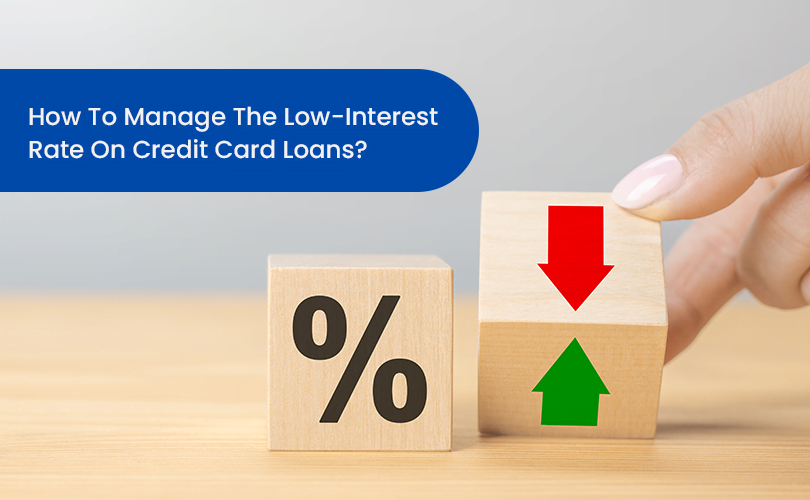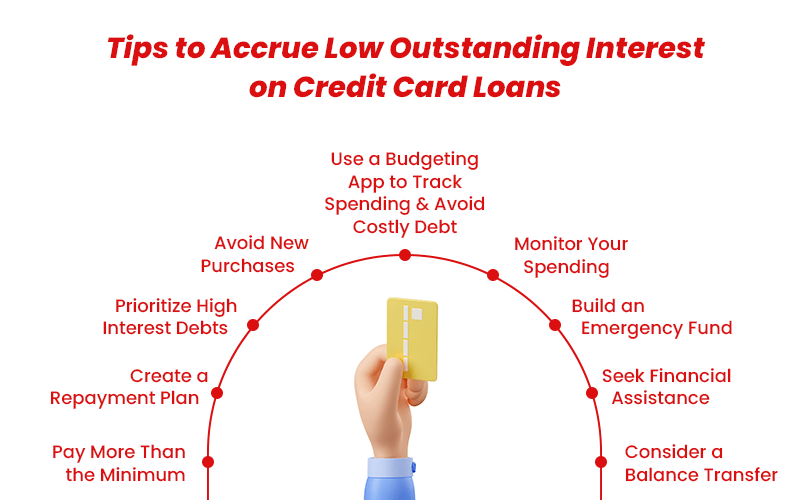

Out of India’s population, there is growing usage of credit cards with credit card holders adding up to 8.6% of the population by April 2023. This number is rapidly expanding with more banks and lending institutions offering attractive cashbacks and modest annual fees or the waiver of the same. Banks, fintech companies and other lending institutions often form tie-ups to coax people into becoming credit card users. Credit Card defaults were estimated at $ 4072 crores in FY 23.
We all adore our credit cards, which provide access to an endless array of Arabian delights; whether is travel, purchase of consumer durables or buying other luxury items. With so many credit card options available from various lenders and providers, the majority of borrowers are undoubtedly drawn to those that provide lifelong membership fees and other perks. We frequently forget that there is a pile of credit card debt waiting to be paid at the end of our credit card shopping sprees. In addition to having to pay penalty interest rates on your outstanding balance, which can range from 36% to 48%, you also have to deal with the repayments of credit card debt.
Managing low-interest rate credit card loans requires a strategic approach to both debt repayment and financial planning. With interest rates at extremely high levels, borrowers have an opportunity to save money on interest payments, but it also poses challenges in terms of decision-making and financial discipline. SingleDebt is a Debt Solution Company which provides personalized financial advice, expert legal support and anti-harassment services to customers from recovery agents. We enable you to reduce and avoid ever-increasing credit card debt and also avoid the pitfall of falling into a debt trap.

Managing low-interest rate credit card loans can be crucial for maintaining financial stability and avoiding excessive debt. Here are some tips to help you manage them effectively:
Pay More Than the Minimum: While the interest rates may be low, paying only the minimum payment each month can still result in accruing a significant amount of interest over time. Try to pay more than the minimum amount due to pay off the balance faster and reduce interest charges.
Create a Repayment Plan: Develop a repayment plan that outlines how you will pay off the credit card balance within a specific timeframe. Allocate a certain amount of money each month towards paying off the debt, and stick to the plan consistently.
Prioritize High-Interest Debts: If you have multiple credit card debts, prioritize paying off the ones with the highest interest rates first. This will help you save money on interest payments in the long run.
Avoid New Purchases: While the interest rates may be low, it’s still important to avoid accumulating more debt on your credit cards. Try to limit your credit card usage to essential expenses and avoid making unnecessary purchases until you’ve paid off the existing balance.
Consider a Balance Transfer: If you have a high-interest credit card debt, consider transferring the balance to a credit card with a lower interest rate or a promotional 0% APR offer. Be mindful of any balance transfer fees and the duration of the promotional period.
Monitor Your Spending: Keep track of your spending habits and identify areas where you can cut back to free up more money for debt repayment. Creating a budget can help you stay on track and prioritize your financial goals.
Build an Emergency Fund: Having an emergency fund can provide a financial safety net and prevent you from relying on credit cards in case of unexpected expenses. Aim to save enough to cover three to six months’ worth of living expenses.
Seek Financial Assistance if Needed: If you’re struggling to manage your credit card debt, don’t hesitate to seek assistance from a financial advisor or credit counseling service. A financial counselling and Debt Management Solutions Company like SingleDebt can provide personalized advice and help you develop a plan to get back on track financially.
Use a budgeting app to track spending and avoid costly debt. Avoid purchases that result in costly debt. The budgeting apps can not only help you to track your purchases but also you can also allocate your income so that you stay way ahead of your bills. There are many free online budgeting apps that you can use.
By implementing these tips, you can effectively manage low-interest rate credit card loans and work towards achieving financial stability.
Managing low interest loans on credit card debt requires a strategic approach to effectively reduce financial burden. By consolidating high-interest credit card balances onto a low-interest loan, individuals can potentially save money on interest payments and expedite debt repayment. SingleDebt can come to your financial assistance in structuring manageable credit card loan repayments, and creating a debt management plan in addition to helping you deal with the harassment from recovery agents.
However, it’s crucial to diligently manage repayment schedules, avoid accruing additional debt, and consistently make payments to maximize the benefits of this financial strategy. With discipline and proactive financial planning, leveraging low-interest loans can pave the way towards achieving long-term financial stability and debt freedom.





